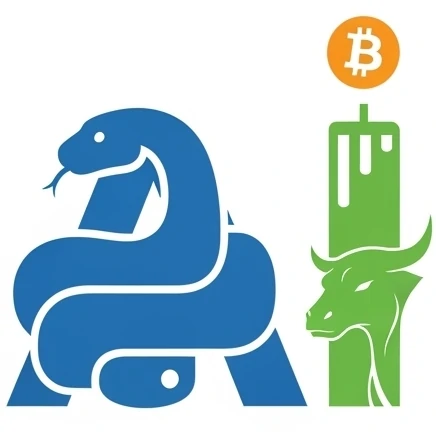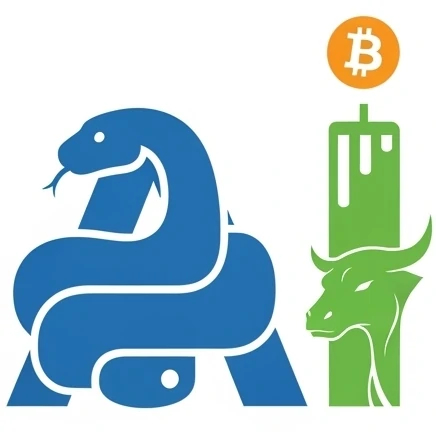
Python: The Ultimate Choice for Building Automated Systems
Python as the undisputed champion
In the ever-evolving landscape of software development, automation remains a key driver of efficiency, reliability, and innovation. For developers and businesses looking to automate repetitive tasks, streamline workflows, and build intelligent systems, Python has emerged as the undisputed champion. Its simplicity, versatility, and a vast ecosystem of libraries make it the go-to language for a wide array of automation projects, from simple scripts to complex robotic process automation (RPA) and artificial intelligence (AI)-driven systems.
Why Python Reigns Supreme in Automation
Python’s design philosophy emphasizes code readability and simplicity, which are crucial for building and maintaining automation scripts. Its clear and concise syntax allows developers to write powerful automation logic with fewer lines of code compared to other languages. This not only accelerates the development process but also makes the code easier to debug and understand for other team members.
One of Python’s most significant advantages is its extensive collection of libraries and frameworks. Whatever the automation task, there is likely a pre-built Python library to handle it. For web automation and testing, Selenium and Playwright are powerful tools for controlling web browsers. When it comes to graphical user interface (GUI) automation, libraries like PyAutoGUI can simulate mouse clicks and keyboard input. For data-heavy tasks, Pandas and NumPy provide robust tools for data manipulation and analysis, while libraries like Openpyxl allow for seamless interaction with Excel spreadsheets.
Furthermore, Python’s cross-platform compatibility ensures that automation scripts written on one operating system can run on another with minimal to no modifications. This flexibility is invaluable for teams working in diverse environments.
The Python Advantage: A Competitive Edge
When compared to other programming languages, Python’s strengths in automation become even more apparent.
- Ease of Learning and Use: Compared to languages like Java or C++, Python has a much gentler learning curve. This accessibility empowers not only seasoned developers but also professionals in other fields, such as data analysis and quality assurance, to leverage automation in their daily tasks. The straightforward syntax translates to faster development cycles and quicker deployment of automation solutions.
- Cost-Effectiveness: As an open-source language, Python is free to use, which eliminates licensing costs often associated with proprietary automation software. This, combined with faster development times, leads to a significant reduction in the overall cost of implementing and scaling automation projects.
- Vibrant Community and Support: Python boasts a massive and active global community. This translates into a wealth of tutorials, forums, and documentation, making it easy for developers to find solutions to problems and learn new techniques. The continuous development of new libraries and updates to existing ones ensures that Python remains at the forefront of automation technology.
- Scalability and Integration: Python’s capabilities extend far beyond simple scripting. It can be used to build highly scalable automation systems that can handle complex workflows and large volumes of data. Its ability to integrate seamlessly with other technologies and enterprise systems makes it a versatile choice for businesses looking to automate across their entire operational stack. From interacting with APIs using the Requests library to connecting with databases, Python provides the necessary tools for comprehensive automation.
In conclusion, Python’s blend of simplicity, power, and a rich ecosystem of tools makes it an unparalleled choice for creating automated systems. Its clear advantages in terms of ease of use, cost-effectiveness, community support, and scalability empower developers and organizations to build robust and efficient automation solutions that drive productivity and innovation. As the demand for automation continues to grow, Python is set to remain the leading language for turning manual processes into automated workflows.
 AiTradingPython
AiTradingPython